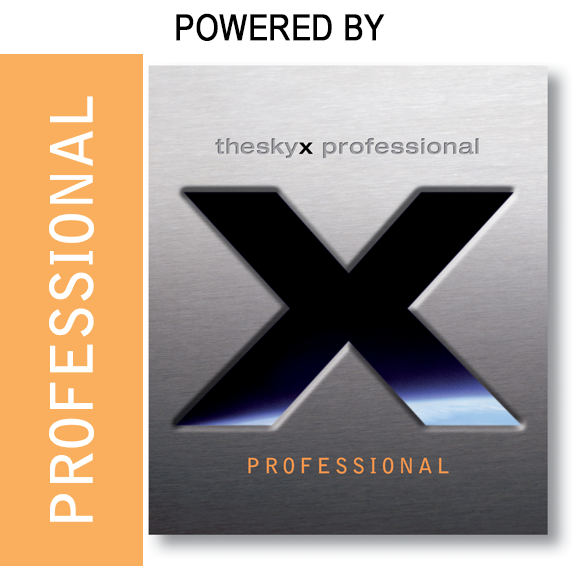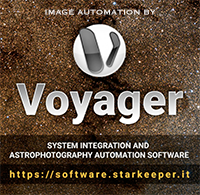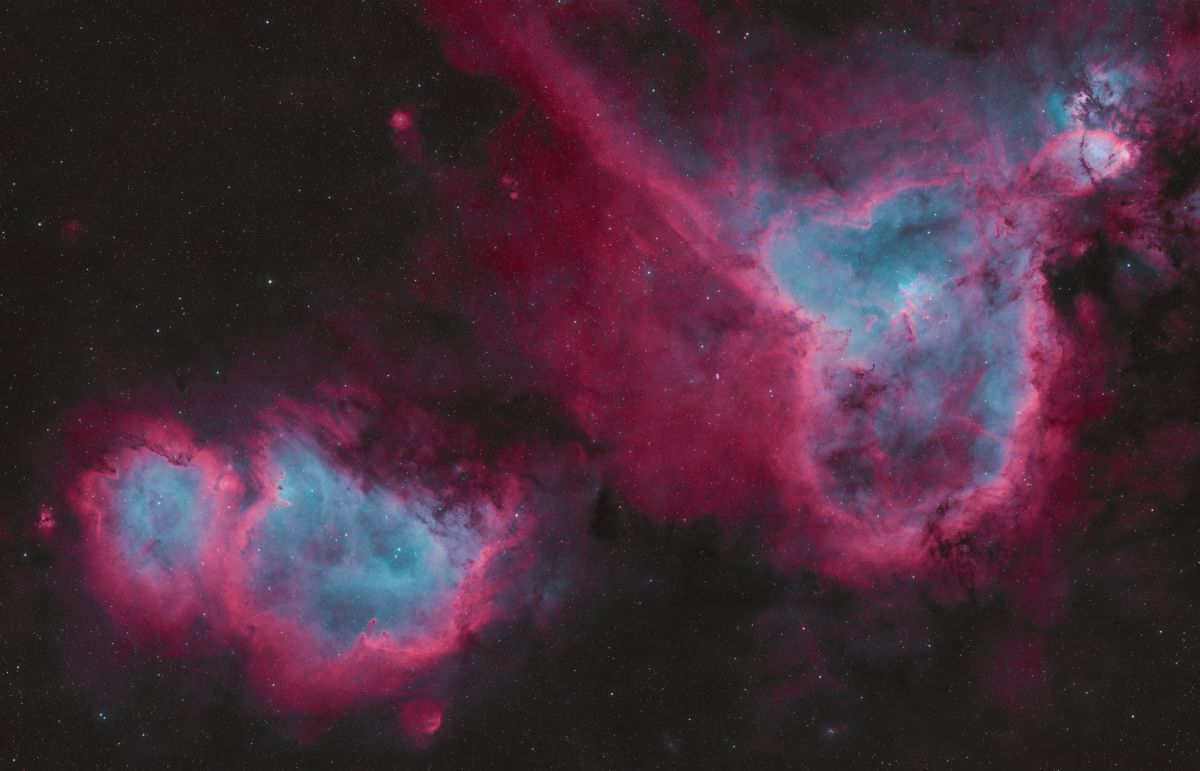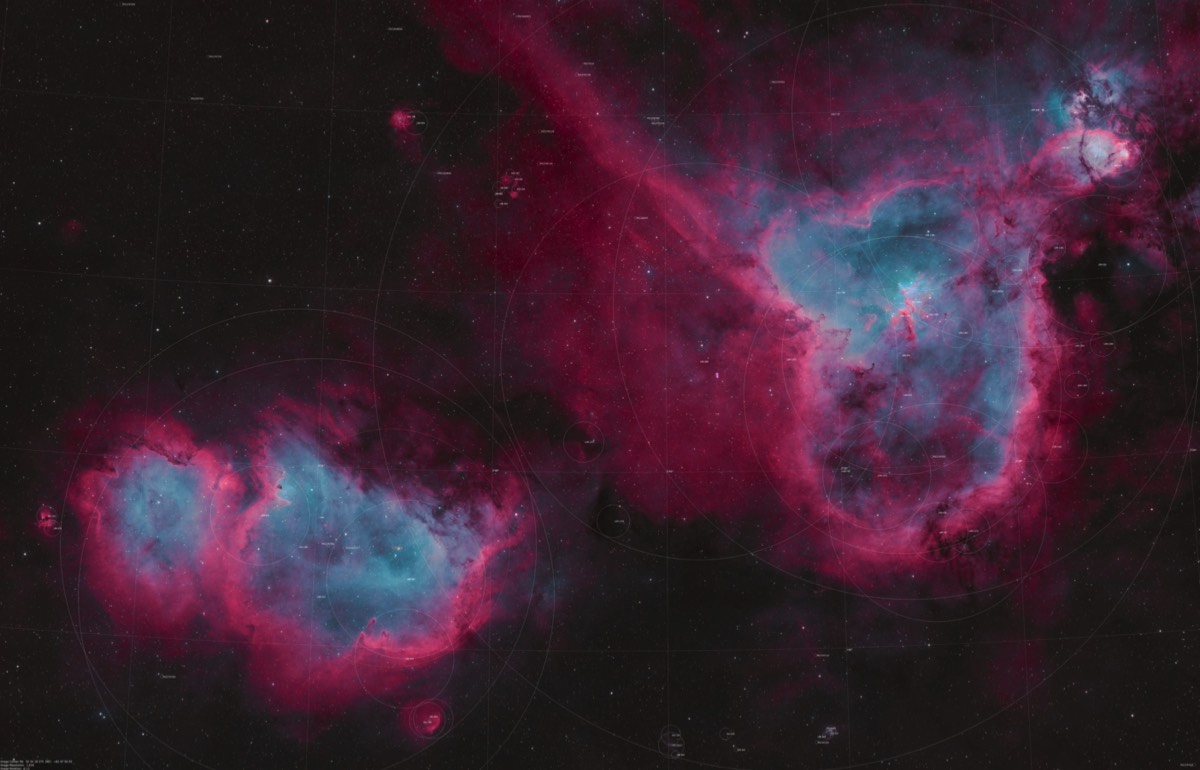Heart and Soul Nebula
Published 8 Nov 24
Combined RGB and Narrowband data
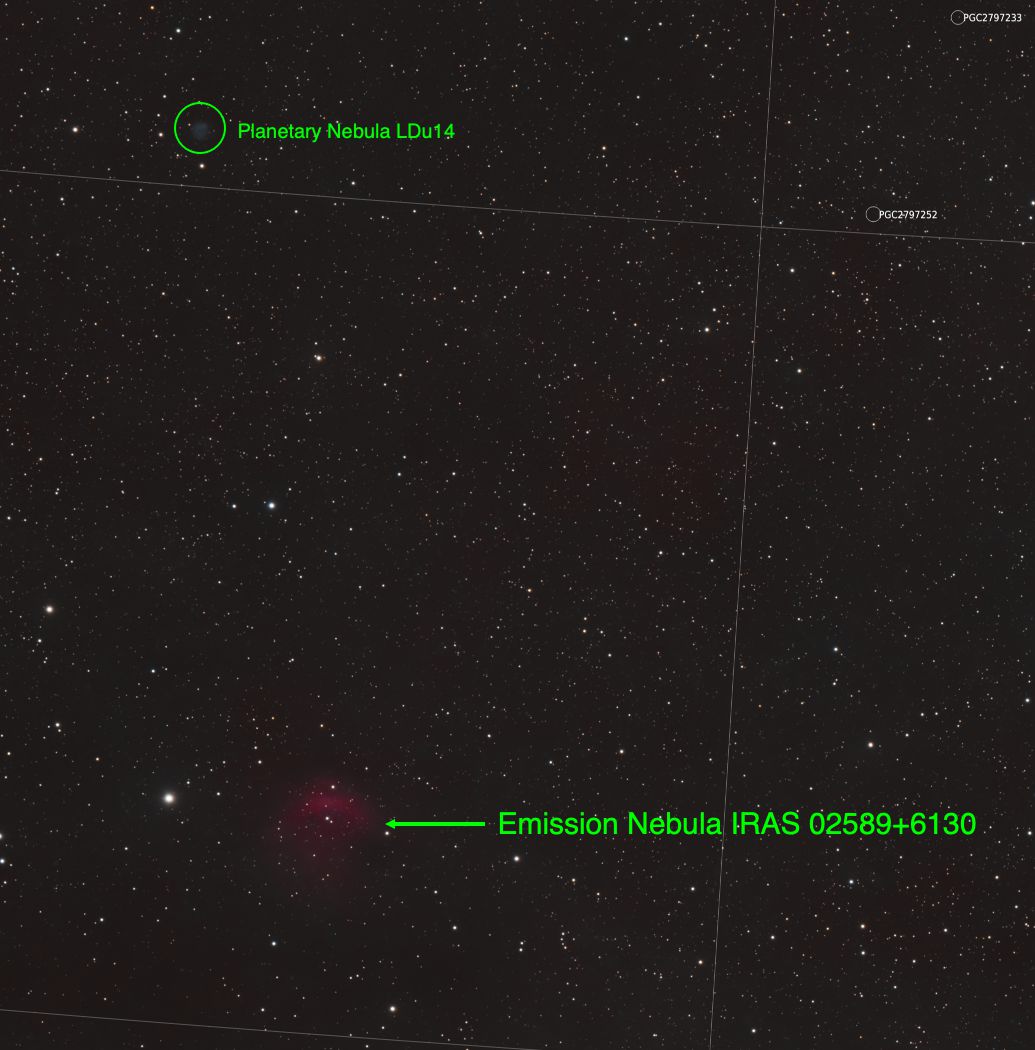
Crop showing Planetary nebula LDu14 and Emission nebula IRAS 02589+6130
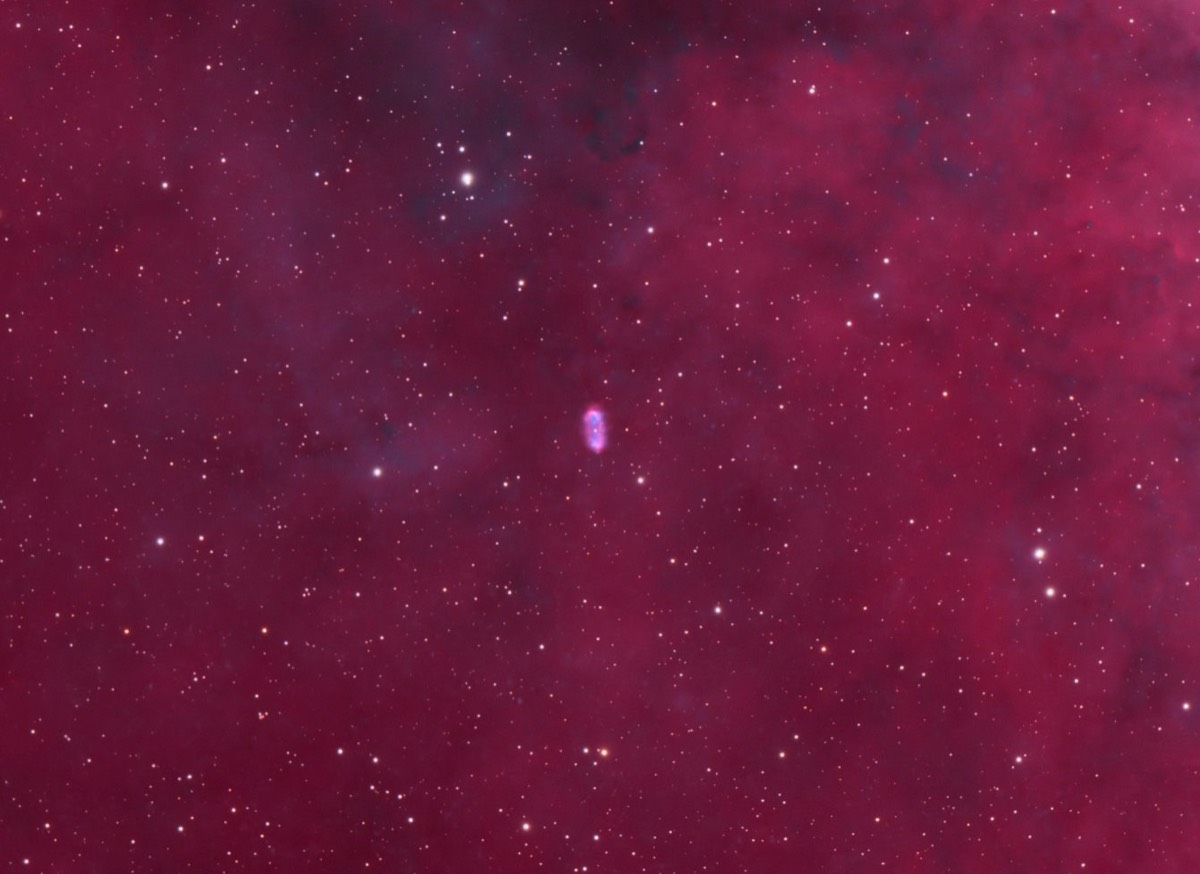
Crop showing Planetary nebula WeBo1
The annotated image showing the different objects in the field of view
About this object
This image is of the star forming regions called the Heart and Soul nebula in the constellation Cassiopeia. The Heart and Soul nebula are two emission nebula near the star Segin in Cassiopeia. The Heart nebula is so named since it takes on the shape of a heart. It lies 7,500 light years distant. Near its center is a small group of stars called Melotte 15 and IC 1805. The intense radiation from these stars causes the hydrogen, nitrogen and oxygen to light up ionizing the surrounding area. In this image the color red is the result of the ionization of hydrogen and nitrogen and the teal color is from the ionization of oxygen. The intense radiation from these stars are carving out the area around them which results in the teal colored hole you see. Variations in the density of hydrogen in the area cause these towers and inward pointing clouds of hydrogen which you can see on the higher res image. You can also see many darker dust clouds throughout the area. A very bright knot in the Heart nebula, called NGC 896 and commonly referred to as the fish head nebula is in the upper right portion of the image. This area is complex itself with many bright areas of emission and dust clouds. Near the image center is a very small planetary nebula called WeBo 1 which was discovered in 1995 by Howard Bond and Ronald Webbink. A cropped region of the full resolution image above highlights WeBo 1.
On the bottom left hand side of the image is the Soul nebula. It's also formed by the the same processes as the Heart nebula. Within the Soul nebula there are two carved out holes. The one on the right holds the star cluster called IC 1848 on the right side of the large carved out region and is responsible for the intense winds and radiation that is eroding the red hydrogen gas. Like the Heart nebula, there are also denser regions of hydrogen here that point in towards the cluster and are formed like fingers. The left side of the Soul Nebula has another region where intense radiation is eroding the hydrogen gas here and you can likely surmise by looking at the where the fingers and towers of hydrogen gas are pointing which stars are responsible for this.
The other interesting nebula areas within the image are in the upper right where the smaller emission nebula IRAS 02589+6130 and the planetary nebula LDu 14 are located. LDu 14 is very faint and mainly shows up as a OIII object.
There are many other objects within the image and I included an annotated version in full resolution so you an identify them.
This image was a 4 panel mosaic taken with a Stellarvue SV80s refractor and a ZWO ASI 2600 MC pro color camera using a Antlia 5nm dual narrowband filter isolation the hydrogen and oxygen bands. The image is a rotated north up and east to the left. Clicking on the images will display a full resolution view. The image combines between 6 and 7 hrs of exposure for each panel. Image resolution is 1.61 arcsec/pixel. The image was taken at the 2024 Okie Tex star party
This image is of the star forming regions called the Heart and Soul nebula in the constellation Cassiopeia. The Heart and Soul nebula are two emission nebula near the star Segin in Cassiopeia. The Heart nebula is so named since it takes on the shape of a heart. It lies 7,500 light years distant. Near its center is a small group of stars called Melotte 15 and IC 1805. The intense radiation from these stars causes the hydrogen, nitrogen and oxygen to light up ionizing the surrounding area. In this image the color red is the result of the ionization of hydrogen and nitrogen and the teal color is from the ionization of oxygen. The intense radiation from these stars are carving out the area around them which results in the teal colored hole you see. Variations in the density of hydrogen in the area cause these towers and inward pointing clouds of hydrogen which you can see on the higher res image. You can also see many darker dust clouds throughout the area. A very bright knot in the Heart nebula, called NGC 896 and commonly referred to as the fish head nebula is in the upper right portion of the image. This area is complex itself with many bright areas of emission and dust clouds. Near the image center is a very small planetary nebula called WeBo 1 which was discovered in 1995 by Howard Bond and Ronald Webbink. A cropped region of the full resolution image above highlights WeBo 1.
On the bottom left hand side of the image is the Soul nebula. It's also formed by the the same processes as the Heart nebula. Within the Soul nebula there are two carved out holes. The one on the right holds the star cluster called IC 1848 on the right side of the large carved out region and is responsible for the intense winds and radiation that is eroding the red hydrogen gas. Like the Heart nebula, there are also denser regions of hydrogen here that point in towards the cluster and are formed like fingers. The left side of the Soul Nebula has another region where intense radiation is eroding the hydrogen gas here and you can likely surmise by looking at the where the fingers and towers of hydrogen gas are pointing which stars are responsible for this.
The other interesting nebula areas within the image are in the upper right where the smaller emission nebula IRAS 02589+6130 and the planetary nebula LDu 14 are located. LDu 14 is very faint and mainly shows up as a OIII object.
There are many other objects within the image and I included an annotated version in full resolution so you an identify them.
This image was a 4 panel mosaic taken with a Stellarvue SV80s refractor and a ZWO ASI 2600 MC pro color camera using a Antlia 5nm dual narrowband filter isolation the hydrogen and oxygen bands. The image is a rotated north up and east to the left. Clicking on the images will display a full resolution view. The image combines between 6 and 7 hrs of exposure for each panel. Image resolution is 1.61 arcsec/pixel. The image was taken at the 2024 Okie Tex star party
Image Details
- Optics : Stellarvue SV80S refractor 480mm f6
- Mount: ZWO AM5
- Camera: ZWO ASI 2600 MC pro
- Filters: Antlia 5nm ALP-T Ha/OIII filter
- Exposure (min): Ha/OIII 460min each panel (4 panel mosaic)
- Automation Control: ASI Air
- Guiding: ZWO ASI 120 mini with ZWO 30mm f4 guide scope
- Processing Software: PixInsight
- Location: Okie Tex Star Party, Kenton OK
- Sky: Typical SQM 21.8, Bortle 1, Dark
- Date: 27 Sep - 4 Oct 2024
